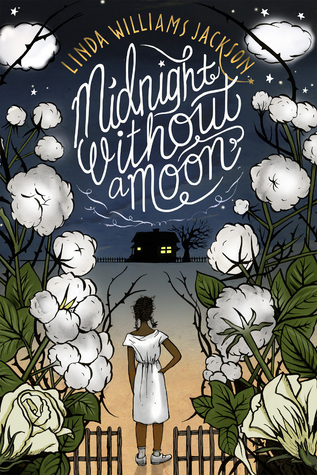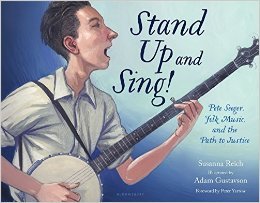Stand Up and Sing! Peter Seeger, Folk Music, and the Path to Justice
by Susanna Reich
illustrated by Adam Gustavson
Bloomsbury, 2017
review copy provided by the author
After spending the month of April with the folk singer and activist Malvina Reynolds (list of posts
here, or read from April 1
here), I was interested to find similarities and differences between her life and Pete Seeger's.
Both grew up in a house filled with music, and both had parents who were politically active, though Pete's parents weren't labeled Socialists, resulting in him being denied a high school diploma.
Pete and Malvina both learned from other folk singers/songwriters. They even learned from each other, having met in the late 1940's - early 1950's. It was Pete Seeger who made Malvina's song "Little Boxes" famous.
Both Pete and Malvina wrote and performed for children.
Pete Seeger went on to have a stronger voice and presence in the Civil Rights Movement, the Vietnam War protests, and the fight for clean water. Because he lived until 2014 (Malvina died in 1978), his voice lingers more clearly in our collective memory.
Without either Malvina or Pete, American folk music would have been less of a treasure, and less of a force for good in our world. This book, Malvina's songs, and Pete's recordings can remind a new generation of the power of music to change the world.
For a closer look at Stand Up and Sing, see Jama's Poetry Friday Post at
Jama's Alphabet Soup.

















